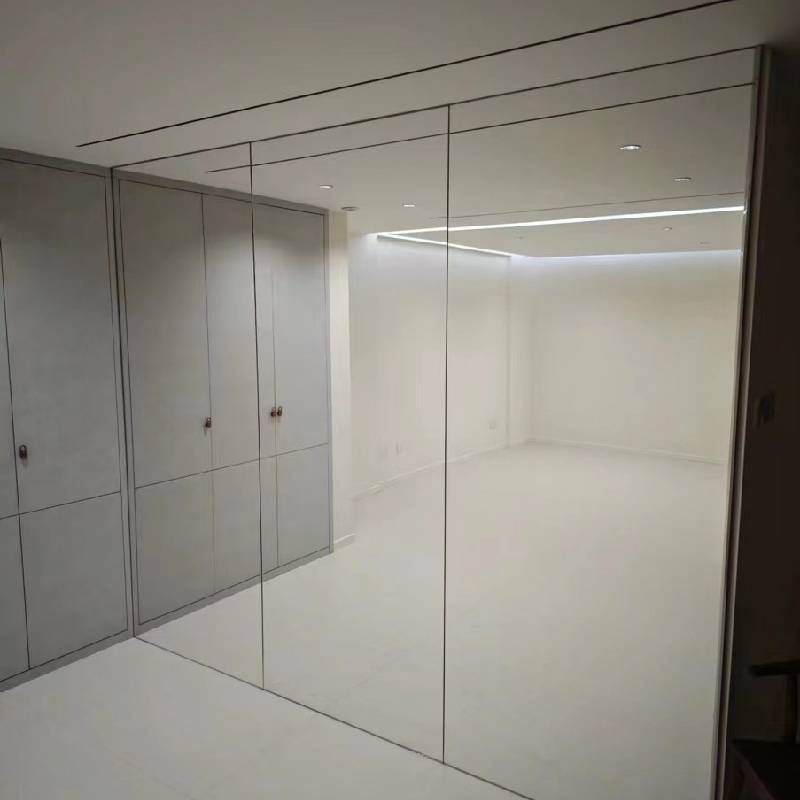

Exploring the Types of Decorative Glass
Decorative glass plays a vital role in architecture and design, transforming ordinary spaces into extraordinary environments. Its versatility and aesthetic appeal make it popular across various applications, from home interiors to public installations. In this article, we will delve into the different types of decorative glass, their unique characteristics, and how they can enhance visual appeal in various settings.
1. Stained Glass
Stained glass is one of the most recognized forms of decorative glass, renowned for its vibrant colors and intricate designs. Traditionally used in churches and cathedrals, stained glass has evolved into a popular choice for residential installations as well. Comprising pieces of colored glass held together by lead came, stained glass windows can depict biblical stories, abstract designs, or local scenery. This type of glass not only provides an artistic focal point but also controls light transmission, adding a mystical quality to the interiors.
2. Etched Glass
Etched glass is characterized by its frosted appearance, created through a process of sandblasting or chemical etching that removes the surface of the glass. This technique allows for various designs, ranging from simple patterns to detailed illustrations. Etched glass is commonly used in shower doors, office partitions, and decorative panels. Its translucent nature diffuses light while ensuring privacy, making it a practical option for both commercial and residential environments.
3. Fused Glass
Fused glass is created by melting together various pieces of glass at high temperatures, resulting in unique textures and vibrant colors. Artists often use this technique to create decorative art pieces such as bowls, tiles, or wall hangings. Fused glass can incorporate various elements, including metal powders and enamels, to create stunning visual effects. The individuality of fused glass makes it a popular choice for bespoke designs and artisan projects, allowing homeowners to personalize their spaces dramatically.
4. Leaded Glass

Similar to stained glass, leaded glass uses strips of lead to hold together pieces of colored or clear glass. However, it generally features simpler patterns and is often used in windows and cabinet doors. Leaded glass offers greater durability than traditional stained glass and can be adapted to fit various architectural styles. The play of light through leaded glass can create beautiful reflections, enhancing the ambiance of any room.
5. Laminated Glass
Laminated glass consists of two or more layers of glass that are bonded together using a special interlayer. This type of glass is known for its safety features, as it holds together even when shattered, preventing dangerous shards from scattering. Laminated glass can also be customized with printed images or colors, making it an excellent choice for decorative elements in homes, offices, and retail spaces. Its soundproofing qualities also make it ideal for urban environments where noise reduction is a priority.
6. Printed Glass
Printed glass incorporates images, patterns, or textures printed directly onto its surface using specialized ceramic inks. This technique allows designers to create stunning visual statements that can be changed with trends or personal preferences. Printed glass can be utilized in various applications, including wall partitions, shower enclosures, and decorative panels. Its ability to deliver customized designs makes it a favorite in contemporary architecture and design.
7. Mirrored Glass
Mirrored glass is commonly used in interior design to create an illusion of space and enhance natural light. It is produced by applying a reflective coating to one side of the glass, making it an effective decorative and functional element. Mirrored glass can be used as wall panels, furniture surfaces, or accent pieces, adding depth and sophistication to any space. Its reflective properties can also amplify the design elements within a room, making it a popular choice in modern aesthetics.
Conclusion
Decorative glass encompasses a wide range of types, each contributing uniquely to architectural and interior design. From the breathtaking colors of stained glass to the contemporary allure of printed glass, these materials offer endless possibilities for creativity. Utilizing decorative glass in various applications enhances not only the beauty of a space but also its functionality, illustrating how art and design can harmoniously coexist. Whether you are renovating your home or designing a new space, incorporating decorative glass elements can undoubtedly take your design to the next level.